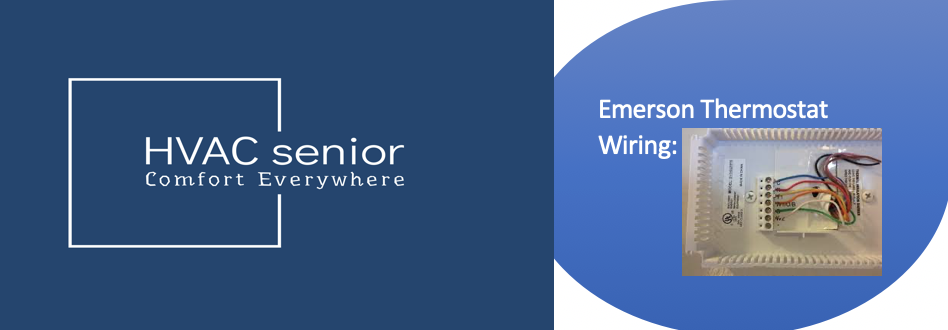AUX Heat Troubleshooting: No Heat Detected.
When winter arrives and the frigid temperatures make you appreciate the coziness of your home, it’s a relief to have a functional heating system. However, the situation can become quite frustrating when your Aux Heat on but no Heat, but you’re still left shivering.
If you’re prepared to investigate your heating system to uncover the reasons why auxiliary heat is activating without delivering warmth, continue reading.
At a glance: Aux Heat on but no Heat due to Clogged Filter or Venting System,Damaged Reversing Valve,Loss Of Power,Bad Thermostat,Heat Pump Failure or Low Refrigerant Charge.
We will explore various issues that may lead to the auxiliary heat running without generating heat, offer solutions to address these problems, and provide tips to prevent your winter heating bills from soaring.
Why Your Auxiliary Unit Is Not Producing Heat.
For Aux heat to turn on, a particular set of events has to happen. You’ll need a working thermostat that is set to a mode other than “off” and a properly installed and maintained HVAC system.
However, even if everything seems to happen as it should, your outdoor unit may encounter problems that may prevent it from turning on.
1.Clogged Filter or Venting System.
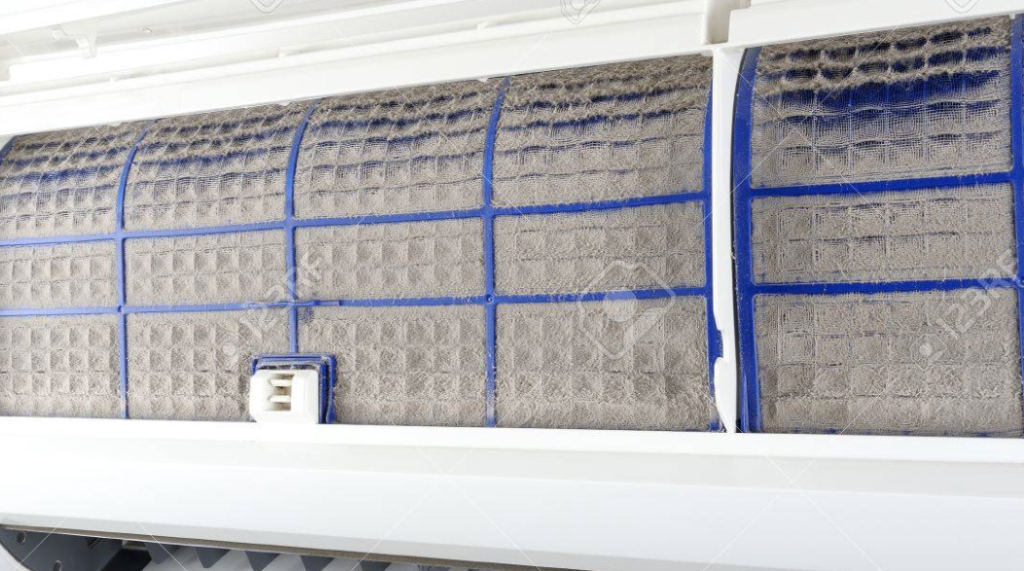
A clogged filter or obstructed ventilation can disrupt the operation of your heating system, preventing the outside unit from functioning.
If the blower has any blockages, it won’t be able to circulate air through the auxiliary heat exchanger, rendering the secondary heat exchanger unable to generate heat.
How to Fix Clogged Filter or Blocked Ventilation:
One common reason for auxiliary heat to activate without producing warmth is a clogged filter or blocked ventilation.
This can impede the outside unit’s operation and the air circulation through the auxiliary heat exchanger.
To address this issue, follow these steps:
- Change the Filter: Regularly changing your air filter is crucial to maintain proper airflow and system efficiency. Aim to replace the filter at least every month, especially during heavy-use seasons.
- Inspect Ventilation: Check for any obstructions in the ventilation system. Make sure there are no items or debris blocking the airflow to and from the outside unit.
- Remove Blockages: If you discover blockages in the ventilation, carefully remove them by hand. Ensure that there are no leaves, debris, or any obstacles hindering the air’s path.
By maintaining a clean filter and ensuring unobstructed ventilation, you can significantly improve the efficiency and functionality of your heating system, preventing auxiliary heat from running without delivering the much-needed warmth.
2.Damaged Reversing Valve.

If your heating system has a damaged reversing valve, it’s unlikely to supply hot water during the winter months.
A malfunctioning reversing valve can lead to various issues with your auxiliary heat, potentially preventing it from turning on at all.
This valve plays a critical role in the heating process by directing the flow of refrigerant, and it must function correctly to ensure hot water is provided to the outdoor unit during cold weather.
How to fix Damaged Reversing Valve.
A damaged reversing valve is a significant factor that can result in auxiliary heat not providing warmth during the winter. It hampers the proper functioning of the system, including the activation of auxiliary heat.
Fix: If you suspect that the reversing valve is damaged, it’s essential to take the following steps:
- Seek Professional Assistance: Contact a qualified HVAC technician for a comprehensive inspection of your heating system. They have the expertise and equipment to assess the condition of the reversing valve accurately.
- Replacement if Necessary: If the technician confirms that the reversing valve is indeed damaged and beyond repair, they will recommend a replacement. Allow the professional to carry out the replacement, as it requires specialized knowledge and skills.
A faulty reversing valve can significantly impact your heating system’s performance, potentially causing auxiliary heat not to function as expected.
By addressing this issue promptly and relying on a professional for the assessment and replacement, you can ensure that your heating system operates effectively during the winter, providing the warmth you need for a comfortable home.
3.Loss Of Power.
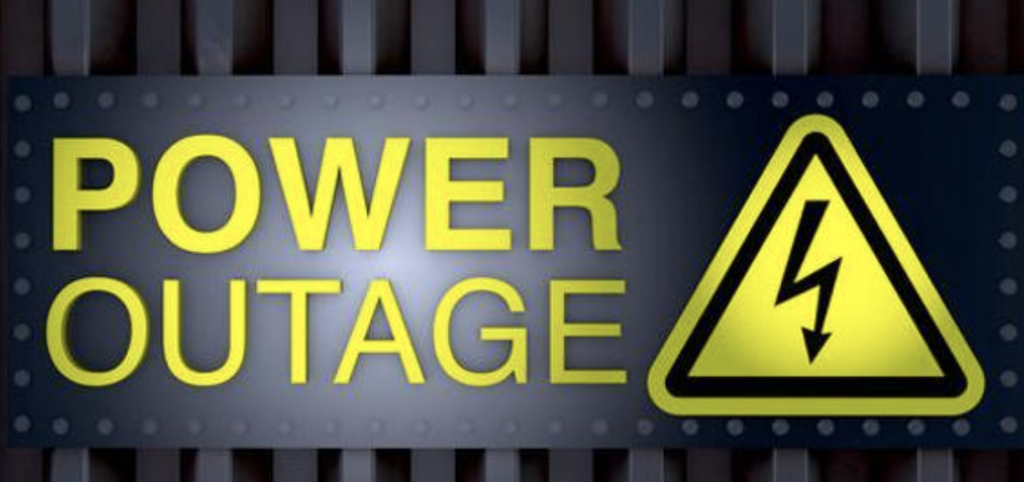
The auxiliary heating unit relies on a power supply to operate. When the fuse or circuit breaker trips or flips, it disrupts the flow of electricity necessary for the heating element to function. This loss of power can lead to auxiliary heat not producing warmth.
How to fix Loss of Power:
One common reason for auxiliary heat not providing warmth is a loss of power. This occurs when the fuse or circuit breaker controlling the unit’s electrical supply is disconnected.
Fix: To address the issue of a power loss, follow these steps:
- Check the Breaker or Fuse: Examine the electrical panel to verify whether the breaker corresponding to the auxiliary heating unit has tripped or if the fuse has blown. If so, this likely explains the loss of power.
- Reset the Breaker: If the breaker has tripped, reset it by moving it to the “ON” position. For a blown fuse, replace it with a new one.
- Wait for a Few Minutes: After resetting the breaker or replacing the fuse, wait for several minutes to allow the system to stabilize.
- Test the System: Turn on your auxiliary heat and check if it’s now producing warmth. If it is, the issue was likely a temporary power loss due to a system overload.
- Contact an Electrician: If resetting the breaker or changing the fuse doesn’t restore power or if the issue repeats, it’s advisable to contact an electrician. A professional electrician can diagnose and address any underlying electrical problems to prevent future power interruptions.
By systematically addressing power loss issues related to your auxiliary heating unit, you can ensure that it receives the necessary electrical supply to operate, providing the warmth you need during the winter months.
4.Bad Thermostat.

Another potential reason for your auxiliary heat not activating is a malfunction in the thermostat. The thermostat plays a crucial role in monitoring and controlling your heating system, and if it cannot accurately read the system’s status, it may fail to initiate the auxiliary heat.
How to fix Thermostat Issue:
A malfunctioning thermostat can lead to auxiliary heat not turning on. The thermostat relies on temperature sensors inside the HVAC unit to determine when the outside unit should operate.
If these sensors are faulty, the thermostat won’t receive accurate information about when to activate the heating system.
To address a thermostat-related issue, follow these steps:
- Adjust the Thermostat: Try turning up the thermostat a few degrees higher to see if this triggers the auxiliary heat. Sometimes, a small temperature adjustment can activate the system.
- Inspect Wiring: Ensure that all the wires connecting the thermostat to your heating system are attached properly and securely. Loose or disconnected wires can cause communication problems.
- Secure the Thermostat: If the thermostat appears loose or improperly attached to the wall, screw it back in securely. A loose thermostat can lead to inaccuracies in temperature readings.
- Consider Replacement: If none of the above steps resolve the issue, and you suspect a faulty thermostat or temperature sensor, it may be time to replace the thermostat. Consult a professional HVAC technician to choose and install a suitable replacement.
By addressing thermostat-related problems, you can improve the communication between the thermostat and your heating system, ensuring that the auxiliary heat activates when needed to keep your home warm during the winter.
5.Heat Pump Failure.
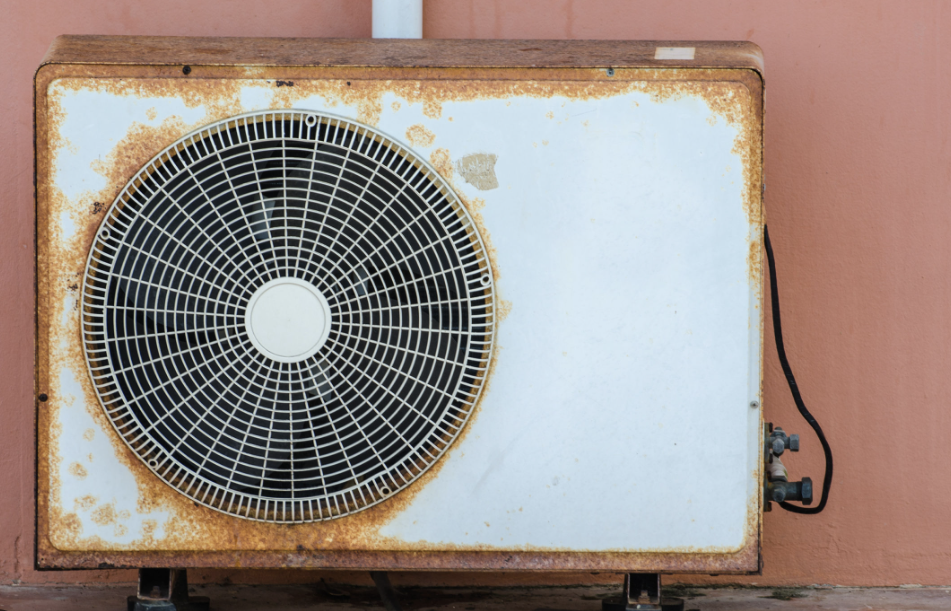
Another potential cause of auxiliary heat not providing warmth is a malfunctioning or damaged heat pump.
A heat pump is a crucial component of your heating system, and if it fails to operate effectively, it can render the auxiliary unit ineffective, as it relies on the heat pump to provide heating to your home.
How to fix Heat Pump Failure:
A damaged or non-functioning heat pump can lead to the auxiliary heat not fulfilling its role. The heat pump is responsible for providing heating to your home, and if it’s not working correctly, the auxiliary unit may activate but fail to produce heat.
To address the issue of a malfunctioning heat pump, follow these steps:
- Consult a Professional: When you suspect that your heat pump is damaged or not functioning as it should, it’s essential to contact a professional HVAC technician.
- Comprehensive Assessment: The HVAC technician will conduct a thorough assessment of your heating system to diagnose the heat pump’s condition.
- Repair or Replacement: Based on the assessment, the technician will determine whether the heat pump can be repaired or if it needs to be replaced.
- Follow Expert Advice: Listen to the technician’s recommendations and follow their guidance. If a repair is possible, they will undertake the necessary fixes to restore the heat pump’s functionality. If a replacement is required, they will help you select an appropriate replacement unit.
6.Low Refrigerant Charge.
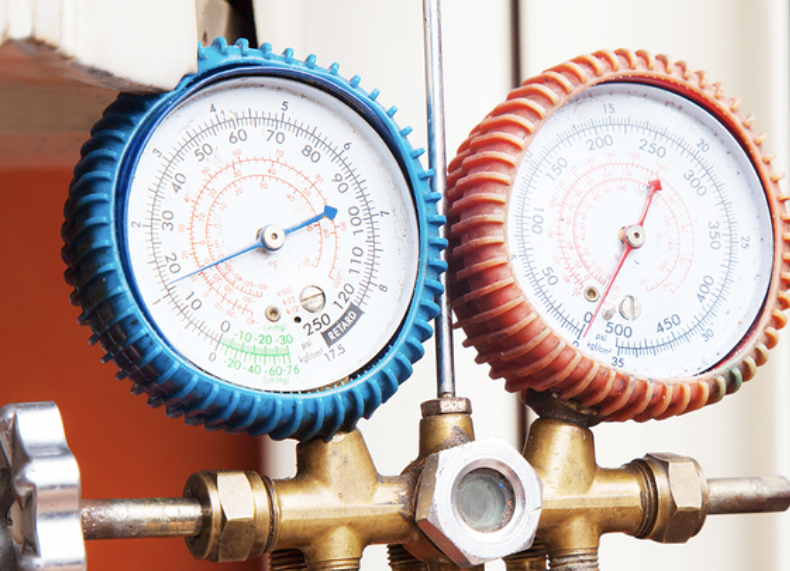
Another potential reason for auxiliary heat not operating as expected is a low refrigerant charge in your heat pump.
A low refrigerant charge means there isn’t enough hot water available to circulate through the system for heating, which can result in the auxiliary heat not turning on.
How to fix Low Refrigerant Charge:
When your heat pump’s refrigerant charge is insufficient, it can hinder the system’s ability to provide hot water for heating, causing auxiliary heat to remain inactive.
To address the issue of low refrigerant charge, follow these steps:
- Contact an HVAC Professional: Reach out to a local HVAC professional or technician who is experienced in working with heat pumps and refrigerant systems.
- Recharge the Refrigerant: The HVAC professional will assess your heat pump system to confirm that it has a low refrigerant charge. If this is the case, they will recharge the refrigerant to the appropriate level.
- Expert Service: Allow the HVAC professional to handle the refrigerant recharge, as it requires specialized knowledge and equipment to ensure the correct amount is added to the system.
Frequently Asked Questions (FAQs).
Why is my auxiliary heat running, but there’s no warmth in my home during winter?
Answer: If your auxiliary heat is on but not producing warmth, it could be due to several reasons. Common causes include a clogged filter or blocked ventilation, a damaged reversing valve, a loss of power, or a malfunctioning thermostat. To address these issues, regularly change your air filter, inspect and clear any ventilation blockages, consult a professional for reversing valve damage, ensure the circuit breaker or fuse is intact, and examine the thermostat for proper operation.
What should I do if the auxiliary heat is not activating during winter?
Answer: If your auxiliary heat is not turning on when needed, it’s essential to troubleshoot the potential issues.
Start by checking your air filter and replacing it if it’s dirty. Ensure there are no ventilation blockages.
If the problem persists, it may be due to a damaged reversing valve, power loss, or a malfunctioning thermostat. In these cases, contact a professional HVAC technician for a thorough evaluation and necessary repairs or replacements.
My heat pump is damaged, and my auxiliary heat isn’t working. What should I do?
Answer: If your heat pump is damaged and auxiliary heat is not functioning, it’s crucial to address the heat pump issue.
Contact a professional HVAC technician who can assess the condition of the heat pump and recommend either repairs or a replacement.
A properly functioning heat pump is essential for providing hot water for heating, enabling the auxiliary heat to work as intended during the winter.
How can I fix a low refrigerant charge issue causing my auxiliary heat not to work?
Answer: A low refrigerant charge in your heat pump can prevent auxiliary heat from operating correctly.
To resolve this issue, contact a local HVAC professional with experience in heat pump systems. They will assess your system, confirm the low refrigerant charge, and recharge the refrigerant to the appropriate level.
Recharging the refrigerant ensures that your heat pump can provide the necessary hot water for heating, allowing the auxiliary heat to function properly and keep your home warm during the winter.
Conclusion.
When your auxiliary heat is on but not delivering the warmth your home needs during the winter, several potential causes and solutions should be considered.
Regular maintenance, such as changing air filters and inspecting ventilation, can prevent issues related to clogs and blockages.
Problems like a damaged reversing valve, power loss, thermostat malfunctions, and heat pump failures require professional intervention.
These complex issues may necessitate repairs or replacements to restore your heating system’s efficiency.
Addressing these concerns promptly and effectively ensures your home remains comfortably warm throughout the winter, underscoring the importance of maintaining and troubleshooting your heating system.
You can also read related post on Honeywell Thermostat Aux Heat.



